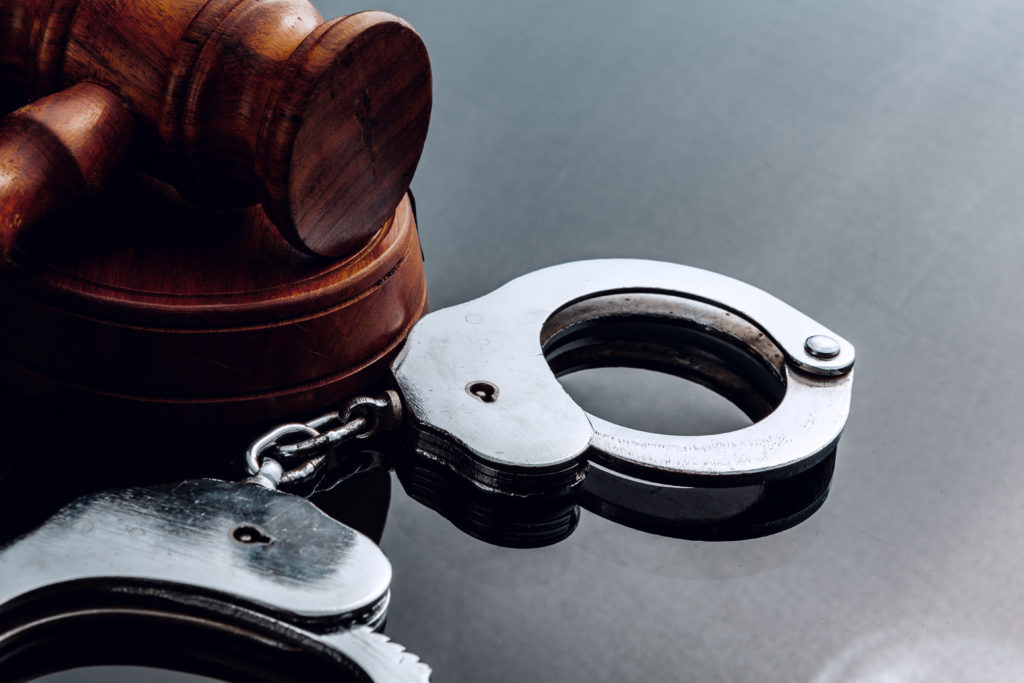What is the no-fault defense and how does it work?
The no-fault defense relies on the very complicated legal definitions used in these felony charges. With all of the charges above, the prosecutor needs to prove three separate things:
- That you were “driving under the influence,” meaning you were either physically or mentally impaired by drugs or alcohol or you had a blood alcohol concentration (BAC) of .08% or more while driving; and
- While driving under the influence you either broke another law (besides DUI) or acted in a negligent, careless way (besides being intoxicated); AND
- That it was this negligent behavior, or this law-breaking behavior, that caused the injury or death.
To convict you the prosecutor has to prove all three points. If you can cast doubt on any one of them—not just whether you were intoxicated—you could win your case.
In practice, this means you may claim you weren’t at fault for the accident for one of two reasons:
- You weren’t acting negligently (other than driving under the influence) and did not break any laws (other than DUI), so your accident doesn’t fit the definition described above. Or,
- Any negligence or law-breaking on your part was not what caused the accident, and thus not what caused the injury or death.
Essentially, the “no-fault” defense says: Yes, I was drinking and driving, and there was an accident, but the accident wasn’t because of some lapse in judgment on my part. The same terrible accident could have happened to any driver.
Do I have to blame someone else to use the “no-fault” defense?
No. The no-fault defense doesn’t say someone else is at fault. It only says you are not at fault. Sometimes an accident is truly an accident. For example, if the accident could be attributed to weather conditions, you can say it’s not your fault without blaming anyone else at all.
In some cases, it is true that the other driver is at fault—even if you were intoxicated. If that’s true, then it is completely appropriate to bring up evidence of this. Many DUI defendants feel guilty casting blame on another party, but this is what the prosecutor wants you to feel. They want to demonize your actions so that you will accept a felony conviction for an accident you didn’t really cause. If the other driver was speeding, texting, turning without looking, or otherwise irresponsible, they should share the fault just like they would in an accident where everyone was sober.
What are examples of how the no-fault defense works?
Here are three examples: one that shows the DUI driver is at fault, and two that show they are not.
- DUI Driver Is At Fault: A man leaves a bar after having many drinks. On the way home, he doesn’t pay attention to stop signs, assuming there’s no traffic because it’s late at night. As he runs a stop sign he hits another vehicle, killing the person inside. The man can be convicted of DUI Manslaughter because he broke a law in addition to DUI—he ran a stop sign—and that’s what caused the death.
- Other Driver Is At Fault: A man leaves a bar after having many drinks. On the way home, another driver—this one sober—is turning out of a parking lot. This driver pulls out in front of the man, and the man hits him. The sober driver is injured, but he was also largely at fault for the accident. The man uses the no-fault defense and the charge of DUI Causing Injury is dropped.
- No One Is At Fault: A man is driving home from a bar after having many drinks. It’s raining heavily, and visibility is limited. As he comes around a curve, he cannot see that a pedestrian with an umbrella is preparing the cross the street. Likewise, the pedestrian does not know a car is coming around the curve until it’s too late. The car hits the pedestrian and kills him. However, the same accident could have happened to anyone in those rainy conditions. The man uses the no-fault defense and the charge of DUI Manslaughter is dropped.
How do I prove a “no-fault” defense?
The no-fault defense is one of the most powerful because attacks the heart of the prosecution’s case. But proving it depends on the circumstances and, in many cases, how good your DUI defense lawyer is. A good DUI lawyer will launch an investigation of their own to reconstruct exactly what happened in the case. They will use the police reports, the testimony from victims and bystanders, and even accident scene forensics to paint a picture of what happened. If there is doubt that you were truly at fault, they may get the felony charges dropped—making a dramatic change in the consequences you face.


